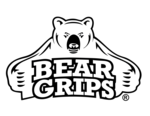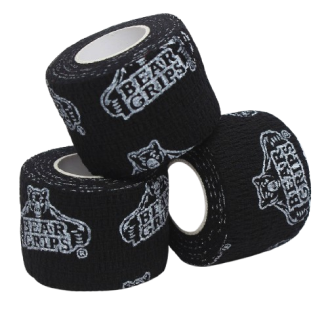CrossFit
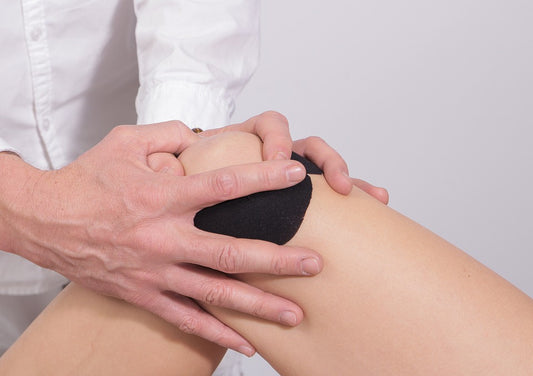
Knee Pain during Cross Training Workouts and Wh...
A bad knee is a disappointment to any athlete, but unfortunately, it happens to most people without preamble. Depending on its degree, it can be life-altering and prevent you from...
Knee Pain during Cross Training Workouts and Wh...
A bad knee is a disappointment to any athlete, but unfortunately, it happens to most people without preamble. Depending on its degree, it can be life-altering and prevent you from...
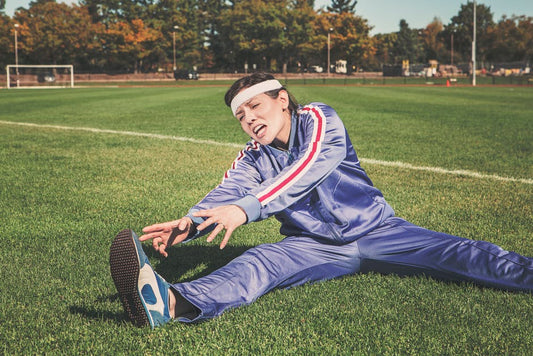
Cross Training workout: Enhancing Your Cross Tr...
CrossFit warmups play an integral role in your overall success in the CrossFit gym. It is therefore important that every warmup you do be time efficient and targeted for the...
Cross Training workout: Enhancing Your Cross Tr...
CrossFit warmups play an integral role in your overall success in the CrossFit gym. It is therefore important that every warmup you do be time efficient and targeted for the...
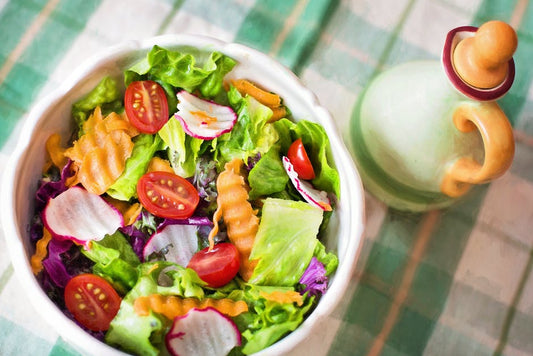
Cross Training Diet – Best Foods to Power Your WOD
CrossFit tops the list when it comes to efficient, effective, and calorie-torching workouts. There are two main building blocks to CrossFit success. The first component is the high-intensity gym regimen,...
Cross Training Diet – Best Foods to Power Your WOD
CrossFit tops the list when it comes to efficient, effective, and calorie-torching workouts. There are two main building blocks to CrossFit success. The first component is the high-intensity gym regimen,...
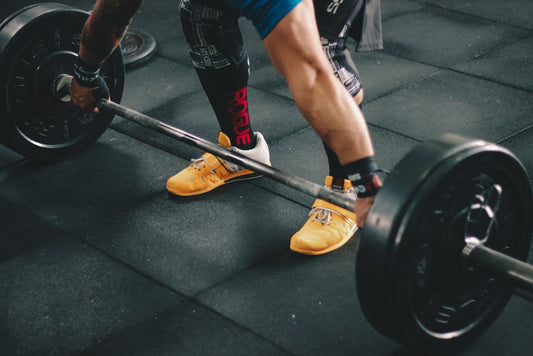
Cross Training exercise: Building a Strong Core...
Any CrossFit athlete will tell you that a strong core is an absolute must in CrossFit success. As opposed to bodybuilding which prioritizes aesthetics, CrossFit puts function and fitness first....
Cross Training exercise: Building a Strong Core...
Any CrossFit athlete will tell you that a strong core is an absolute must in CrossFit success. As opposed to bodybuilding which prioritizes aesthetics, CrossFit puts function and fitness first....
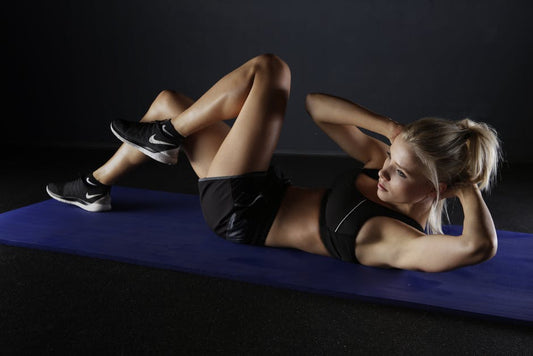
What to Wear in Cross Training Gym
It cannot be disputed that CrossFit has a sense comradery and community around it. That said, starting out in this sport can be intimidating. The first day when trying out...
What to Wear in Cross Training Gym
It cannot be disputed that CrossFit has a sense comradery and community around it. That said, starting out in this sport can be intimidating. The first day when trying out...
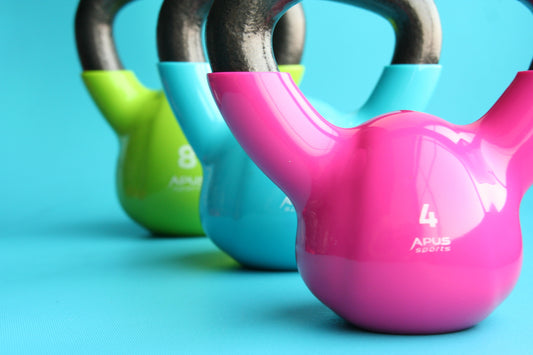
Must-Do Cross Training Kettlebell Workouts
If you walk into any CrossFit gym, you will see lots of Olympic barbells, medicine balls, rowing machines, pull-up bars, and differently sized kettlebells. Most workouts in the gym rely...
Must-Do Cross Training Kettlebell Workouts
If you walk into any CrossFit gym, you will see lots of Olympic barbells, medicine balls, rowing machines, pull-up bars, and differently sized kettlebells. Most workouts in the gym rely...
